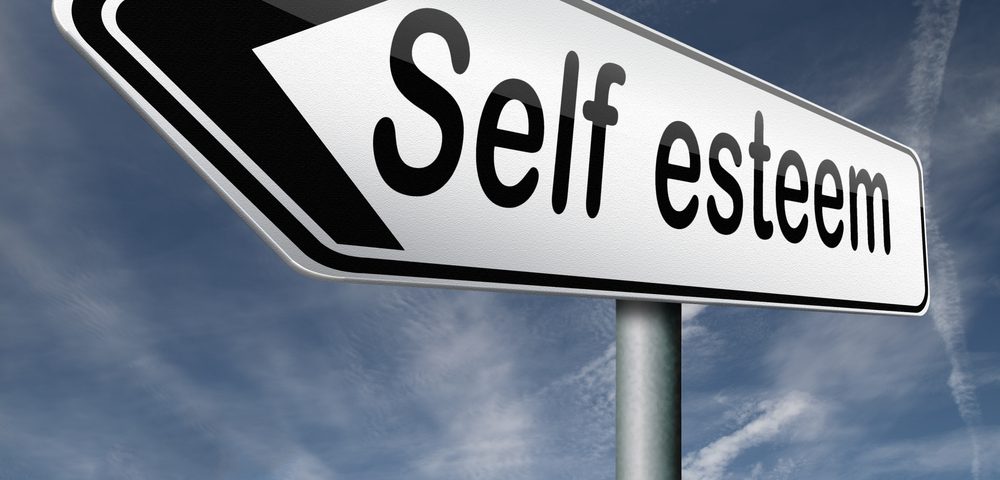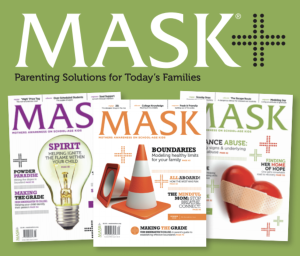
Love What You Eat
February 14, 2021
Family Meetings
February 16, 2021The joys of being around a pre-adolescent, twirl-with-happiness tween are short-lived these days. Gone are the early days of blissful contentment with a perfectly imperfect body, and a child’s love affair with a body-self that has no expectations, other than to dance or to climb a tree.
As a mother of two impressionable daughters, our culture’s all-too-soon exposure to body image awareness in early childhood is heartbreaking. As a psychologist and eating disorder expert, it’s alarming.
Today, prepubescent daughters (and sons) are inundated with unrealistic ideals of what their bodies “should” look like. Emotional energy that could be channeled into self-esteem through deepening friendships, creativity and sports is, instead, channeled into appearance. As a result, teens and young kids are exceedingly more vulnerable to the risk of turning to drugs and alcohol as a means to cope with overwhelming feelings of insecurity, driven by debilitating struggles with poor body-image and low self-esteem.
The link between poor-body image and abuse of drugs and alcohol is undeniable. Astonishingly, 50 percent of people who struggle with poor body image and associated eating disorders fall victim to serious alcohol and/or substance abuse.
This is even more significant in teens, where a strong relationship between body image, drug use is heartbreakingly evident. Especially for girls, self-esteem and body image are highly correlated. Research has historically found that girls’ self-esteem peaks at age 9 and decreases in adolescence as her weight increases and body-image concerns surface.
Recent studies, however, have raised even greater concern with body image and associated low self-esteem found to occur at even younger ages. Specifically, half of girls age 6 to 8 stated that they “wished” they could be thinner, and kids with low self-esteem occurring before the age of 12, were two-and-a-half times more likely to use alcohol heavily during high school.
The same holds true for boys. Not exempt from eating disorders, one out of 10 boys struggle with disordered eating and, as young boys are increasingly fed similarly unrealistic body-image ideals via buff action heroes, this number is expected to increase. Of even greater concern is a study released in 2013 that showed a significant correlation between body-image issues and depression and drug use in adolescent boys.
But don’t despair. The best defense is prevention, and there’s a lot a parent can do. Here are a few powerful tips:
![]() Create a positive body-image culture in your family by eliminating negative comments about the weight and/or appearance of others.
Create a positive body-image culture in your family by eliminating negative comments about the weight and/or appearance of others.
![]() Never comment on your child’s weight, either through negative or positive statements.
Never comment on your child’s weight, either through negative or positive statements.
![]() Create positive self-esteem starting in early childhood by eliminating critical, harsh or hurtful comments about your child’s person.
Create positive self-esteem starting in early childhood by eliminating critical, harsh or hurtful comments about your child’s person.
![]() Create a safe, emotional relationship with your child, so they can come to you with normal feelings of insecurity to receive guidance and support.
Create a safe, emotional relationship with your child, so they can come to you with normal feelings of insecurity to receive guidance and support.
![]() Stay closely connected to your child and teen, paying vigilant attention to the potential of drug or alcohol use.
Stay closely connected to your child and teen, paying vigilant attention to the potential of drug or alcohol use.
By // Julie T. Anné
MASK the Parenting Magazine a quarterly publication providing solutions for Today’s Families.
The parenting manual offering solutions to the modern-day challenges families face. From Pre-K
through College stay up to date on the modern day issues families face.
Are you up to date on the issues your child is facing?
MASK Mothers Awareness on School-age Kids offers parenting solutions for today’s families. MASK tackles important topics – from drugs and alcohol to bullying and Internet safety -and gives students, parents and the community the knowledge and tools to manage these potential challenges.
Subscribe today! https://www.tools4teaching.com/product/mask-the-magazine/
Download and share the MASKmatters app now! Made for children, parents, teachers and in Spanish.
Have solutions at your fingertips
Available free on apple and google play links below
Apple https://apps.apple.com/us/app/maskmatters/id1482305692
Google Play
https://play.google.com/store/apps/details?id=com.maskmatters.maskmattersapp&hl=en_US&gl=US




